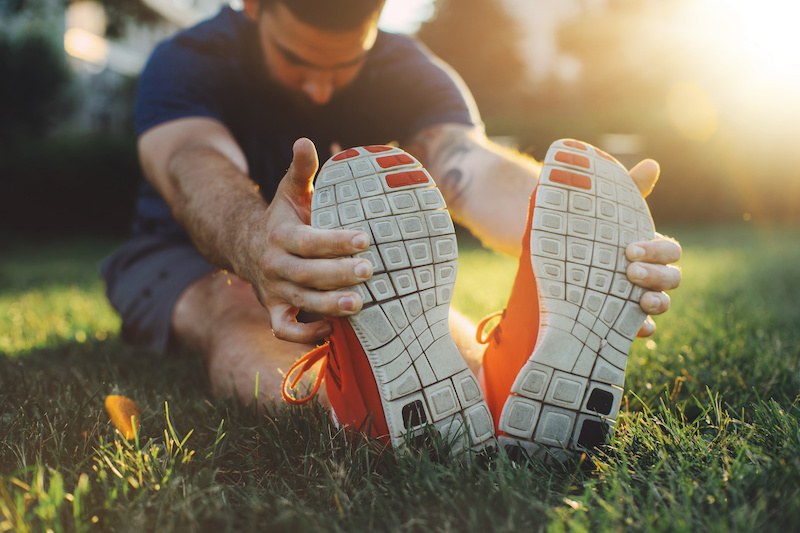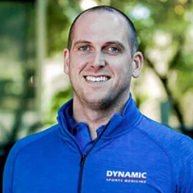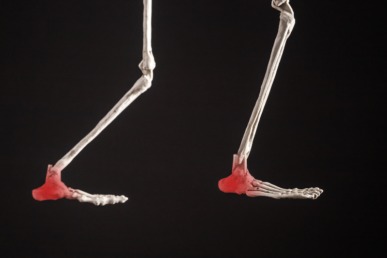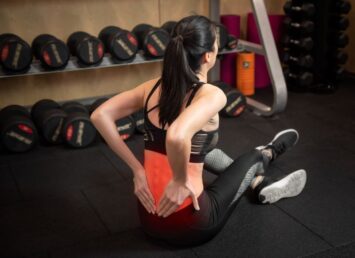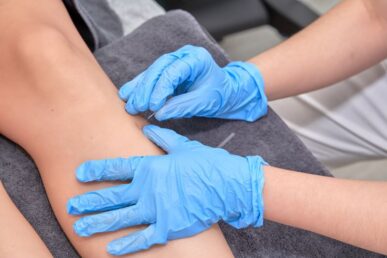Chiropractic care is an effective, drug-free way to treat a number of common sports injuries. It’s also one of the best ways to prevent athletes from getting injured in the first place.
Preventative sports chiropractic, or prehab, addresses the muscle and body imbalances that occur naturally during athletic training. Repetitive motions from practicing a tennis or golf swing, swimming laps, or serving a volleyball, along with other physical stresses like being on either end of a football tackle, and running miles at a time contribute to muscle tightness, strength imbalance, and joint instability. All of these factors can eventually lead to the kind of sports injuries that sideline athletes — or at least take the fun out of training and playing.
Athletes at every level of play are including chiropractic interventions as a regular part of their athletic training programs to ensure skeletal misalignments and fascial distortions are corrected before form and/or technique is sacrificed to compensate for the damage done during training. Spinal and limb adjustments keep the body in proper alignment while myofascial massage eliminates knots in soft tissues before they can tighten and thicken to the point they cause pain and limit the range of motion. Preventative sports chiropractic can drastically reduce the chances of injury to knees, elbows, shoulders, and other joints, as well as the likelihood of painful muscle strains and sprains.
That’s why practically every professional organization employs a team chiropractor.
A certified sports chiropractor conducts careful evaluations of strength, range of motion, and body mechanics to identify muscle weaknesses and skeletal misalignment. Any issues are addressed with a variety of non-invasive chiropractic therapies and sports-specific stretches and strengthening exercises to achieve overall body balance. Using chiropractic care as injury prevention keeps the minor aches and pains associated with training from advancing to more serious conditions.
Other tips for preventing sports injuries include:
Warm-Up and Cool Down
For some, this translates to gentle stretching or jogging in place before and after exercise, and for others, it’s simply beginning and ending your chosen workout at a slower pace and intensity than the main part. Either way, warming up and cooling down are both important. Easing into a workout routine increases body temp and blood flow to the muscles before taxing them full out, reducing post-exercise muscle stiffness and soreness, as well as the risk of injury. Cooling down afterward allows body systems to gradually return to resting rates.
Condition Your Body For Your Sport
Just because you play a sport doesn’t mean you’re conditioned for it, and that’s often why injuries happen. This is particularly true with non-professional athletes who spend their day’s behinds desks. Instead of just aimlessly hitting the gym, carefully consider which muscles are utilized in the mechanics of your chosen sport and work them from all sides for overall strength, flexibility and balance. And don’t forget about the importance of core strength!
Remember Recovery Days
A rigorous training session does damage to muscle fibers and tissues. This is by design. As the muscle heals, it comes back stronger, but it needs that time to strengthen and repair between workouts in order for you to see the results of your effort. Rotate training focus to give taxed muscles some R&R and weave in some gentler workouts like stretching or walking on “off” days.
Contact Dynamic Sports Medicine about integrating sports chiropractic into your training program. We work to keep athletes injury-free

